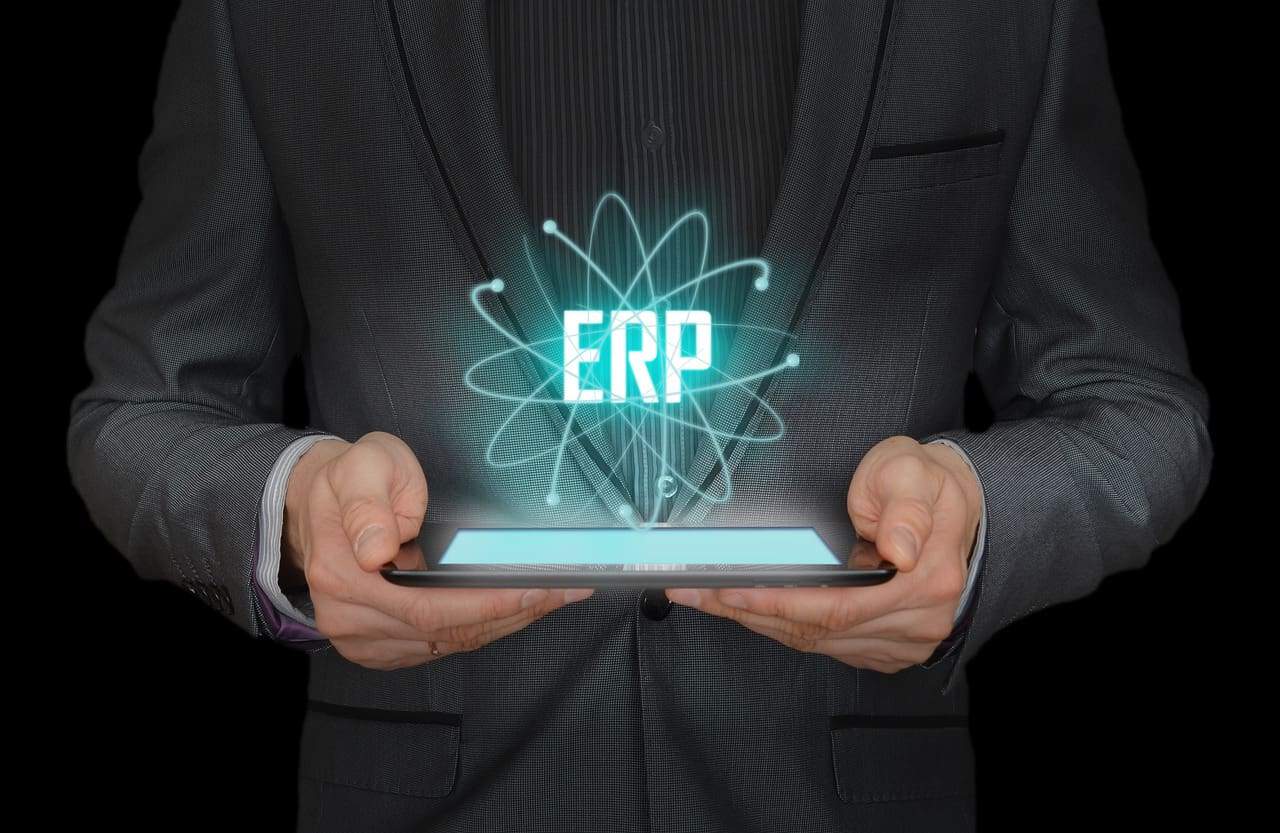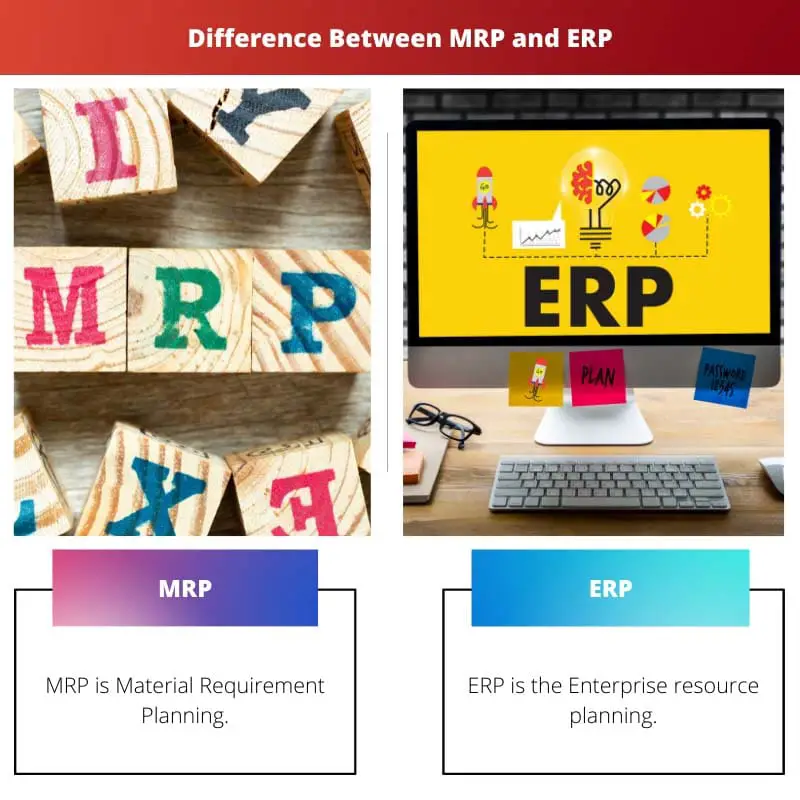Today there exist several technological advancements that have made human lives easier and better. There has been tremendous growth in various industries, and many strategies have been implemented to ensure that the products from various companies give a better experience to the customer’s development.
To grow the company’s sales, many companies adopt various planning systems and business strategies. However, two of those systems or strategies are 1. MRP or material requirement planning, and 2. ERP or enterprise resource planning.
Key Takeaways
- MRP stands for Material Requirements Planning and is focused on planning materials and inventory. In contrast, ERP stands for Enterprise Resource Planning and is focused on managing all aspects of a company’s resources.
- MRP is mainly used in manufacturing industries, while ERP is used in various industries.
- MRP only deals with materials and inventory, while ERP deals with materials, inventory, finances, human resources, and other aspects of a company.
MRP vs ERP
MRP (Material Requirements Planning) is a computer-based inventory management system that plans and controls the manufacturing process. ERP (Enterprise Resource Planning) is a comprehensive business management software that integrates and manages all aspects of a company’s operations.

MRP or material requirement planning is a strategy implemented to keep track of various required materials and check the availability of these materials.
The concept of material requirement planning was adopted by many companies initially in the 1970s.
ERP, or enterprise resource planning, is a strategy that many companies use to increase and unify the workflow and several processes involved.
Many companies adopted it in the early 1990s. The audience has seen immense growth that has adopted this technique.
Comparison Table
| Parameters of Comparison | MRP | ERP |
|---|---|---|
| Full form | Material Requirement Planning. | Enterprise Resource Planning. |
| Cost | Less | More |
| Type | Solo | Integrated |
| Number of Audience | Less | More |
| Software Combination | It can be combined with other software but it is difficult to do so. | It can be combined with other software and it is easy to do so. |
What is MRP?
MRP is Material Requirement Planning. It is a step or a stage that some people choose to adopt in their respective businesses or company.
Every company requires materials for their products, and keeping track of these materials is a necessary thing. Material requirement planning covers the status of these materials.
This technique has been in practice since the 1970s. It involves many steps. The main function of this strategy is to cover all the aspects related to the raw material that is required for the production of the items.
In the early times, many popular companies like Rolls Royce and Toyota adopted this technique to strengthen and schedule their business plans.
Everything is covered in this strategy, from checking the availability of the materials to managing the storage of these materials.
It helps in many ways. It avoids the wastage of material, and the material is used thoroughly by the company since the data regarding the material is up to the mark.
There are several advantages to implementing this strategy. A company or a business can increase their productivity, customers can rely on the companies, and they will not have to worry about material wastage since the track will be kept, and inventory management can be improved and optimized.
What is ERP?
ERP is Enterprise resource planning. It is also a type of business strategy that is implemented by various businesses and companies.
Small- and large-scale businesses can adopt this strategy, but it is more suitable for large-scale businesses and companies.
In a company or a business, several financial and functional processes take place during a deal between a customer and a shareholder.
During these times, the collaboration between the customer and the company is built even more, and the entire network system is maintained.
With enterprise resource planning, the data relevant to the workflow is stored in one place, and everything is available there. Even though it costs more, it helps to unify and increase the workflow and several processes that are engaged in it.
Apart from that, it also makes use of several tools to predict and source various production strategies for the development of the company.
There are several advantages of implementing enterprise resource planning. Many companies find it difficult to find a suitable strategy for growing their business.
By implementing the enterprise resource planning strategy, a company can manage several processes, and growth can be sped up.
It also helps to outgrow the old strategies that do not work for the current market system and help to find and implement newer strategies as the demand in the market changes.

Main Differences Between MRP and ERP
- MRP stands for material requirement planning. On the other hand, ERP stands for enterprise resource planning.
- The combination of material requirement planning with other software programs is a difficult process. On the other hand, the combination of enterprise resource planning with other software programs is an easier process.
- Material requirement planning has applications in a lesser range of works. On the other hand, enterprise resource planning has applications in more range of works.
- The material requirement planning has fewer users. On the other hand, enterprise resource planning has more users.
- The cost of material requirement planning is less. On the other hand, the cost of enterprise resource planning is more.




